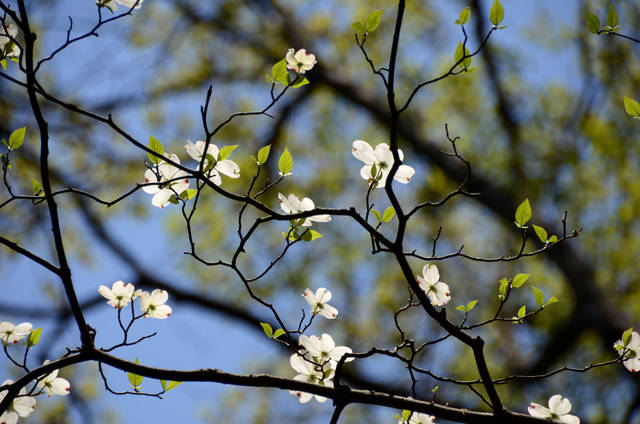Vandergrift councilwoman gets no support in quest to form a shade tree commission
Vandergrift Council isn’t interested in starting a shade tree commission.
Councilwoman Karen McClarnon, head of the council’s tree and light committee, asked council on Monday to formally establish such a commission. No other council member agreed to move forward with the idea at its virtual meeting.
Shade tree commissions are meant to monitor a community’s trees, according to Brian Wolyniak, an educator of urban and community forestry with Penn State Extension. They take inventory of the location and health of every tree, note any structural deficits, facilitate the planting and removing of trees to ensure the municipality’s trees provide the most benefit they can. They consider things like shade over sidewalks, filtering air pollution and managing stormwater.
Wolyniak provides technical assistance to communities looking to adopt their own commissions, and has been helping Vandergrift off and on for the last two years.
Many Vandergrift Council members were concerned the commission would bring additional costs to the borough, or that the borough could become liable if the commission reports trees for removal that the committee can’t afford to tear down.
“It’s one of those things that the borough is responsible for anyway,” countered attorney Alaine Generelli, who works in the borough solicitor’s office. “I don’t think you’re taking on more liability. You’re being more responsible.”
Councilwoman Christine Wilson, who headed the tree committee before McClarnon, argued the grant applications and recommendations a commission would be responsible for could easily be handled by the council’s existing committee.
But McClarnon said the commission would just be “an extra set of eyes and ears.”
“What is the downside of this?” she asked during the meeting.
Wolyniak said he wasn’t surprised by the concerns, as they come up in many of the communities he’s worked with. But he said a commission should reduce liability and cost for the council by engaging in more long-term planning.
The commission would try “to limit potential problems down the road, where a tree was just ignored that should have been addressed, and maybe falls over and damages buildings or vehicles or injures someone,” Wolyniak said. “That’s an even greater liability.”
Town advocate lobbies for commission
Marilee Kessler, organizations chairwoman for the Vandergrift Improvement Program and supporter of the tree commission, argued that a commission will help the borough will have more credibility when applying for tree-related grants.
“If you have a commission,” Kessler said, “the understanding is that there are people that are knowledgeable about what they’re doing.”
Kessler said there seemed to be misconceptions about the costs and energy a tree commission would cost the borough, as well as about the authority a commission would have in decision-making. Everyone on the commission, including the arborists and urban foresters, are volunteers, Kessler said. The only cost to the borough, as far as she could tell, would be the cost of advertising public meetings when they occur.
The commission would also only act as an advisory body, she said. Council would still have full authority over decisions about removing, trimming and planting borough trees.
Kessler said the opposition to the commission among council members was “puzzling.”
Many neighboring communities have tree commissions, Wolyniak said. In the last six or seven years, he’s helped between 15 and 20 commissions get established in the area. In most communities, Wolyniak said commissions work hand-in-hand with council-run committees, handling the minute details, day-to-day issues and “legwork,” allowing council to focus on the big-picture decision-making.
Kessler feels Vandergrift is especially in need of a shade tree commission, with many aging trees in need of attention. She also said the strategic placement of trees would likely help the borough with its frequent stormwater management issues. It’s a topic that has repeatedly surfaced during council meetings and an ailment that is common for communities with a lot of sloping streets.
Kessler said tree roots can absorb a lot of runoff, if they’re planted in the right place — but the borough needs an expert to help with the planning.
By the end of Monday’s meeting, Kessler said it felt like the council just didn’t consider trees to be enough of a pressing issue.
“I think it’s just maybe (the council members) don’t like change,” Kessler said. “Maybe they feel they’re giving up something,”
Remove the ads from your TribLIVE reading experience but still support the journalists who create the content with TribLIVE Ad-Free.

